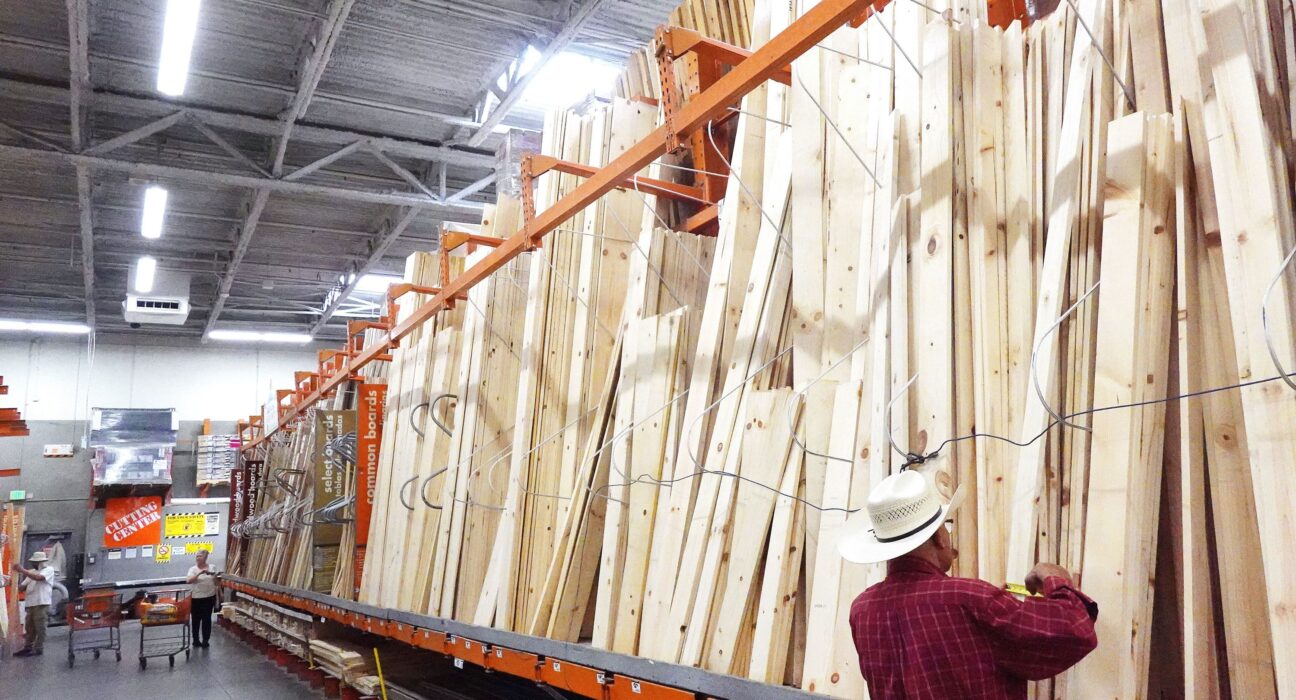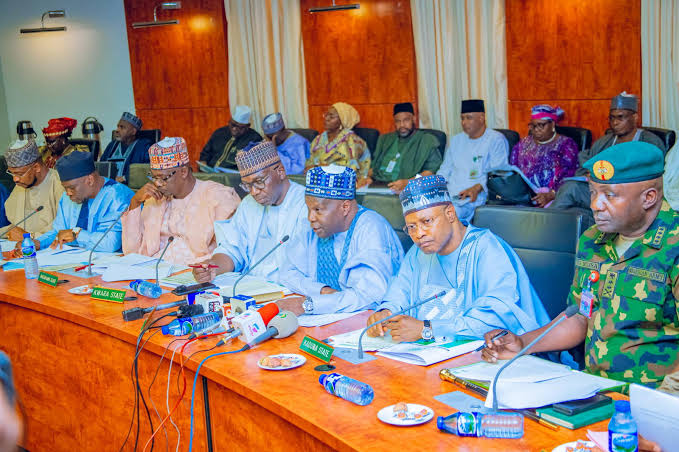Trump’s Tariffs on Timber, Furniture Take Effect

New U.S. tariffs on imported timber, lumber, furniture, kitchen cabinets, and bathroom vanities have officially taken effect, marking another major step in President Donald Trump’s ongoing trade protection policy.
The tariffs, which came into force on Monday, October 14, 2025, impose a 10 percent duty on imported softwood lumber and 25 percent on wooden furniture, cabinets, and vanities, according to a proclamation released by the White House.
The administration said the move is aimed at strengthening America’s domestic manufacturing base and protecting national security under Section 232 of the Trade Expansion Act of 1962.
Trump’s directive argues that the surge in imported wood products has weakened U.S. industrial capacity, threatened mill operations, and increased reliance on foreign suppliers particularly from countries such as Canada, Vietnam, and Mexico.
The tariffs are designed to boost local industries and reduce dependence on imports in sectors critical to housing and defense infrastructure.
However, the order also specifies that even higher rates will take effect on January 1, 2026, if no trade agreements are reached. Under the phase-two plan, tariffs on upholstered wooden furniture will rise to 30 percent, while those on kitchen cabinets and vanities could climb to 50 percent.
While the White House insists the policy will protect American jobs and encourage local production, industry analysts warn of possible ripple effects on construction and home renovation costs. Builders and furniture retailers fear that higher import prices could lead to increased housing and remodeling expenses for U.S. consumers.
Some U.S. trading partners are expected to contest the decision, while others covered by recent bilateral deals including the U.K., the European Union, and Japan are to receive limited exemptions or tariff caps.
The new tariffs mark one of President Trump’s most aggressive trade measures since his return to office, signaling a renewed emphasis on economic nationalism and domestic industrial revival.









